Exploring how the cost of daily essentials has shifted from Baby Boomers to Gen Z over time
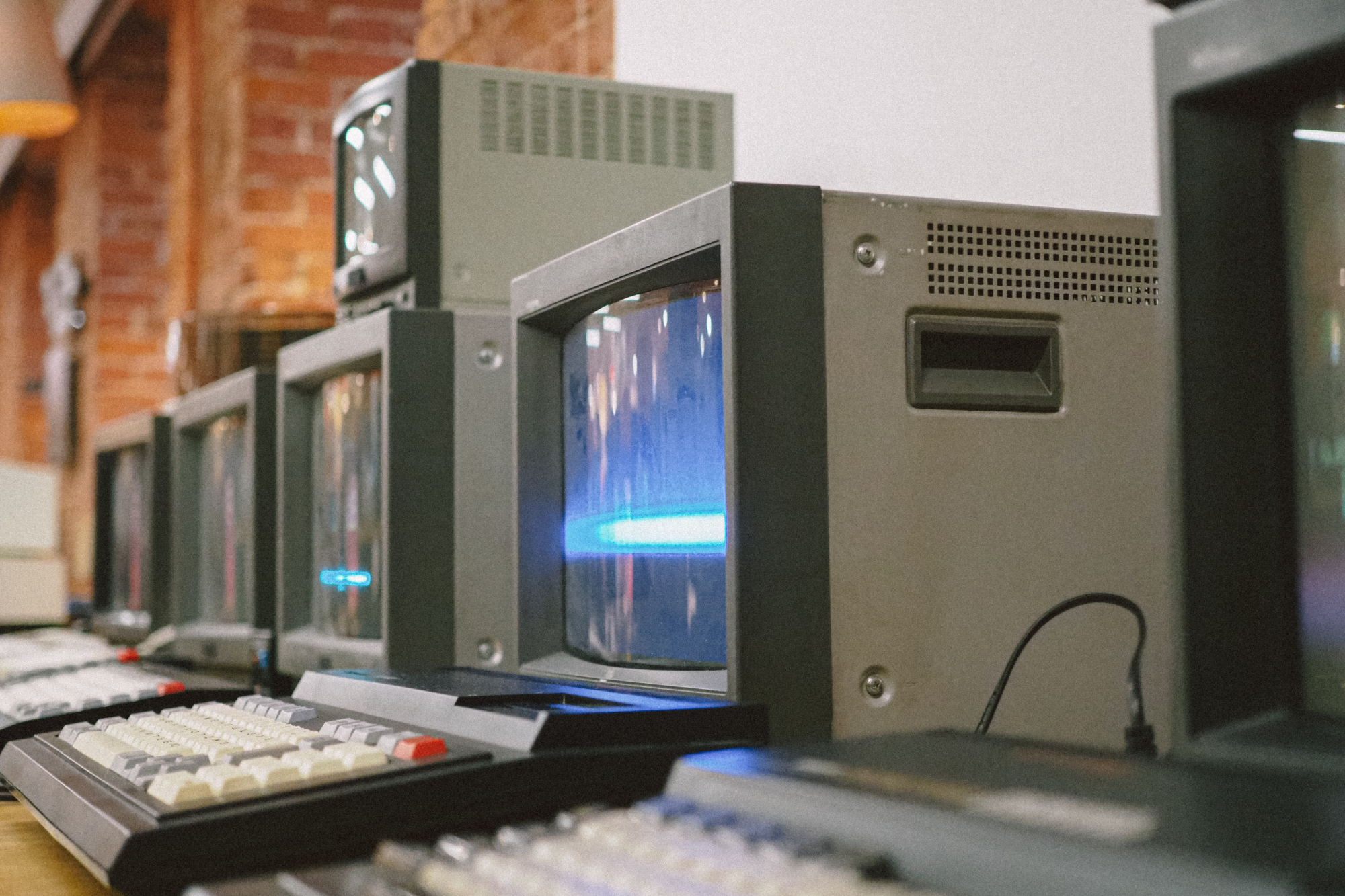
Many everyday items that Gen Z now uses with ease once demanded a significant portion of a Baby Boomer’s monthly income. From communication tools like landline phones to household heating and entertainment devices, the affordability landscape has transformed due to technological advances, inflation, and wage changes. Understanding these shifts offers insight into how economic and technological progress has reshaped access to common goods and services across generations.
1. Owning a landline phone was once a major household expense.
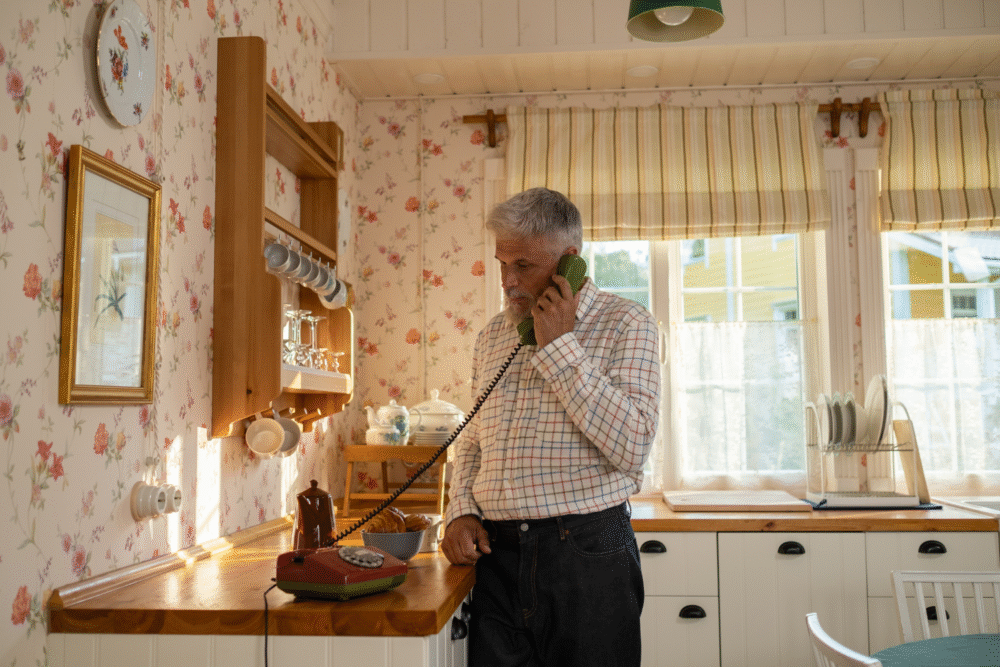
A landline phone represented more than just a communication tool; it was a significant monetary commitment for Baby Boomers. The initial setup fee alone could demand a considerable slice of the monthly paycheck, turning a simple black rotary device into a luxury item within many homes.
Today, mobile phones not only serve communication needs but come packed with advanced features at comparable or lower relative costs. This shift underscores technological advances that have democratized access to telecommunication, allowing Gen Z to experience connections effortlessly, without enduring the draining financial impact felt by previous generations.
2. Paying for wired cable television consumed a significant part of income.

Wired cable television once meant investing a noteworthy portion of income into home entertainment. Installation fees, equipment costs, and recurring monthly charges collectively strained budgets, making the ability to flip through channels a privilege instead of a given.
Streaming services now offer broad content libraries at a fraction of traditional cable costs, fundamentally altering home entertainment dynamics. This change illustrates how technology and market competition have drastically decreased financial barriers, allowing Gen Z to explore endless entertainment options without significant financial hesitation.
3. Purchasing a VHS or DVD player was a noteworthy investment.
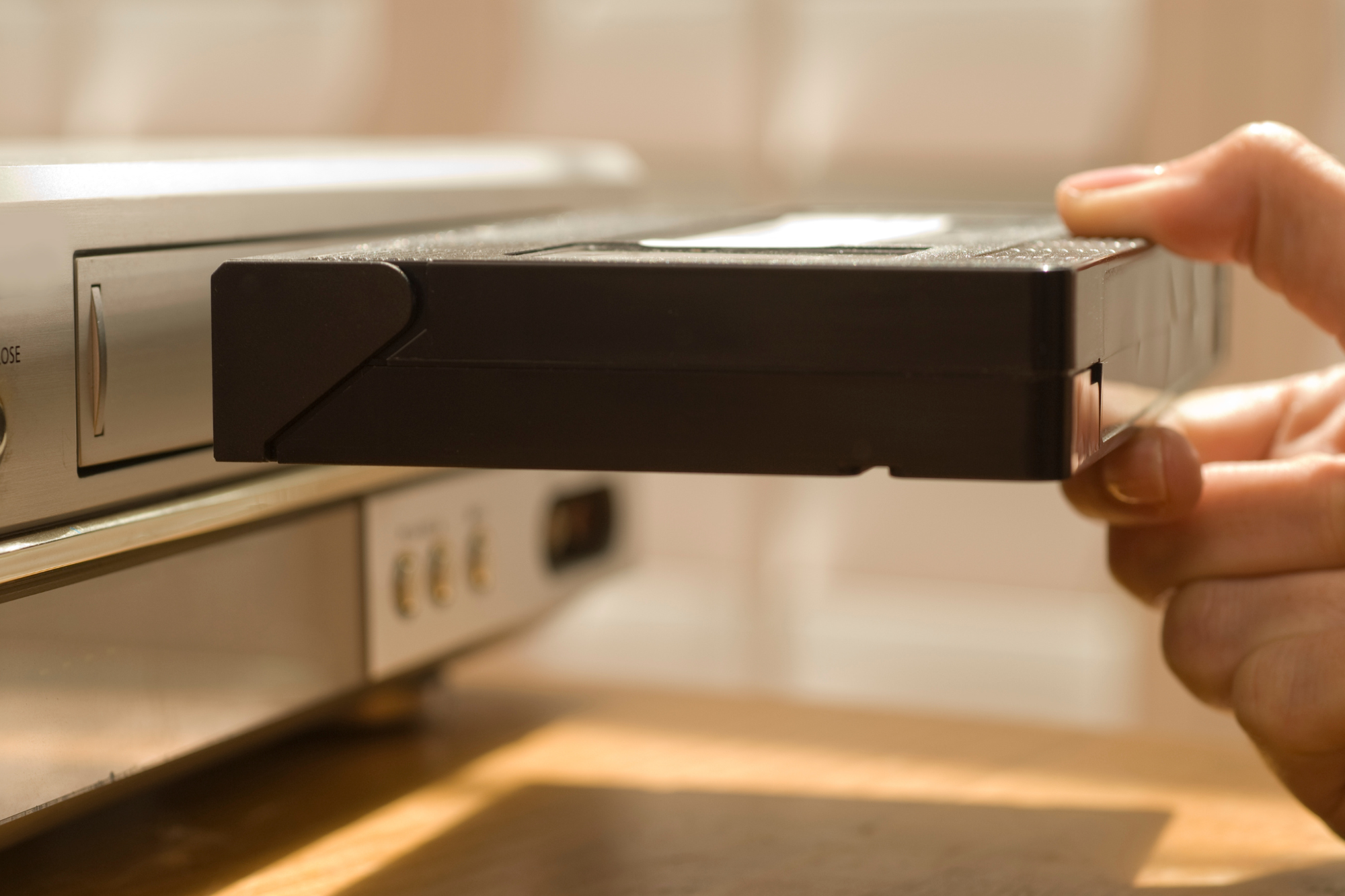
A VHS or DVD player was initially more than just an entertainment device; it stood as a testament to personal investment in home leisure. Acquiring one required reflective consideration due to its hefty price relative to monthly earnings.
Advancements in digital technology have made multimedia players virtually standard in modern homes, embedding this once-luxurious experience into everyday life. This evolution from luxury to necessity exemplifies how consumer electronics’ affordability has shifted over decades, granting Gen Z easy access to vast media collections.
4. Buying daily newspapers involved a regular, unavoidable cost.

The daily newspaper was a fixture in homes, serving as a comprehensive source of news and information. Though seemingly modest, regular subscription fees added up, requiring a notable portion of household expenses to stay informed.
Today’s digital platforms offer news access at little to no cost, mirroring how technological innovation revolutionized information dissemination. Gen Z benefits from a wealth of real-time news without incurring traditional costs, unlike Baby Boomers who juggled expenses to keep abreast of global happenings.
5. Monthly gas bills for heating homes required careful budgeting.

Heating homes with natural gas used to require diligent budget management. Monthly gas bills, impacted by fluctuating energy prices, often demanded financial sacrifices elsewhere to maintain indoor comfort during colder months.
Advances in insulation, energy-efficient appliances, and diverse power sources have eased heating costs over time, altering how modern households navigate utility expenses. For Gen Z, energy management tools offer an added layer of efficiency, enabling a balance between comfort and financial prudence previously unmatched in older generations.
6. Owning a personal computer used to be a costly luxury.

Personal computers once defined luxury, with early machines symbolizing significant expenditure. Costs, often equivalent to several months’ pay, constrained ownership to those financially prepared for such an investment.
Technological progress has democratized access to computing power, rendering personal computers more affordable and accessible than ever before. This shift means Gen Z can enjoy devices that combine the functionality of earlier models with enhanced capabilities, reflecting how innovations have continuously bridged financial access gaps in the digital age.
7. Subscribing to a basic gym membership demanded consistent payment.

Basic gym memberships once posed substantial financial commitments for Boomers eager to prioritize fitness. Monthly membership fees, coupled with upfront costs, often required careful allocation within personal budgets to sustain active lifestyles.
With more fitness choices available today, varying pricing models allow different levels of affordability and access. This variety illustrates how market expansion and consumer demand have reshaped access to wellness resources, offering Gen Z flexible options that align well with diverse economic backgrounds.
8. Maintaining a car required paying for fuel and regular repairs.

Maintaining a car historically involved significant expenses. Regular fuel purchases, along with ongoing repairs, created continuous financial demands on Baby Boomers, controlling both independence and mobility from month to month.
Innovations in vehicle efficiency and expanding public transit options have diversified transportation solutions. This shift means Gen Z can navigate personal transportation with more cost-effective strategies, underscoring how evolving technologies and infrastructures can ease economic burdens historically placed upon personal mobility.
9. Buying film rolls and paying for photo development added up.

Film rolls and photo development were routine expenses tied to capturing memories in tangible form. With each click, photographers committed to future costs of development, establishing photographs as both cherished keepsakes and recurring budget elements.
The digital age transformed how moments are preserved, offering cost-efficient, immediate alternatives for Gen Z. Digital cameras and smartphones replaced cumbersome rolls with instant, high-quality images, significantly reducing the financial footprint associated with personal photography in previous decades.
10. Purchasing textbooks and study materials could strain a student’s budget.

Textbooks and study materials represented substantial financial commitments for students. High costs often strained academic budgets, requiring meticulous planning to navigate necessary purchases each term.
Digital platforms have reshaped education material access, offering more affordable or open-access resources. This evolution illustrates how educational structures have adjusted, reducing cost barriers and enhancing learning opportunities for Gen Z, in stark contrast to constraints faced by Baby Boomers amid their educational journeys.
11. Renting a video game console involved significant upfront or monthly fees.
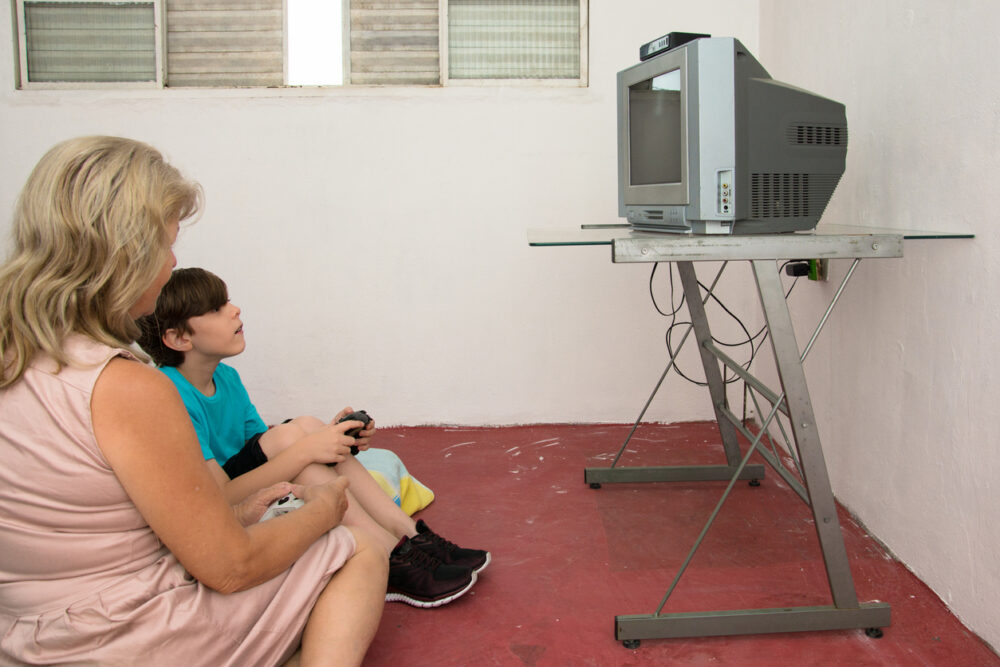
Renting a video game console demanded financial commitment. Renting fees, fueled by technology’s novelty, made gaming an expensive pursuit for enthusiasts eager to explore cutting-edge interactive entertainment.
Today, digital downloads and subscription gaming services reduce costs, providing affordable access to vast entertainment libraries. This shift from physical to digital reflects evolving consumer habits, where Gen Z can enjoy diverse interactive experiences without the financial constraints that once accompanied console rentals during earlier decades.
12. Collecting music on physical formats like CDs was a regular expense.
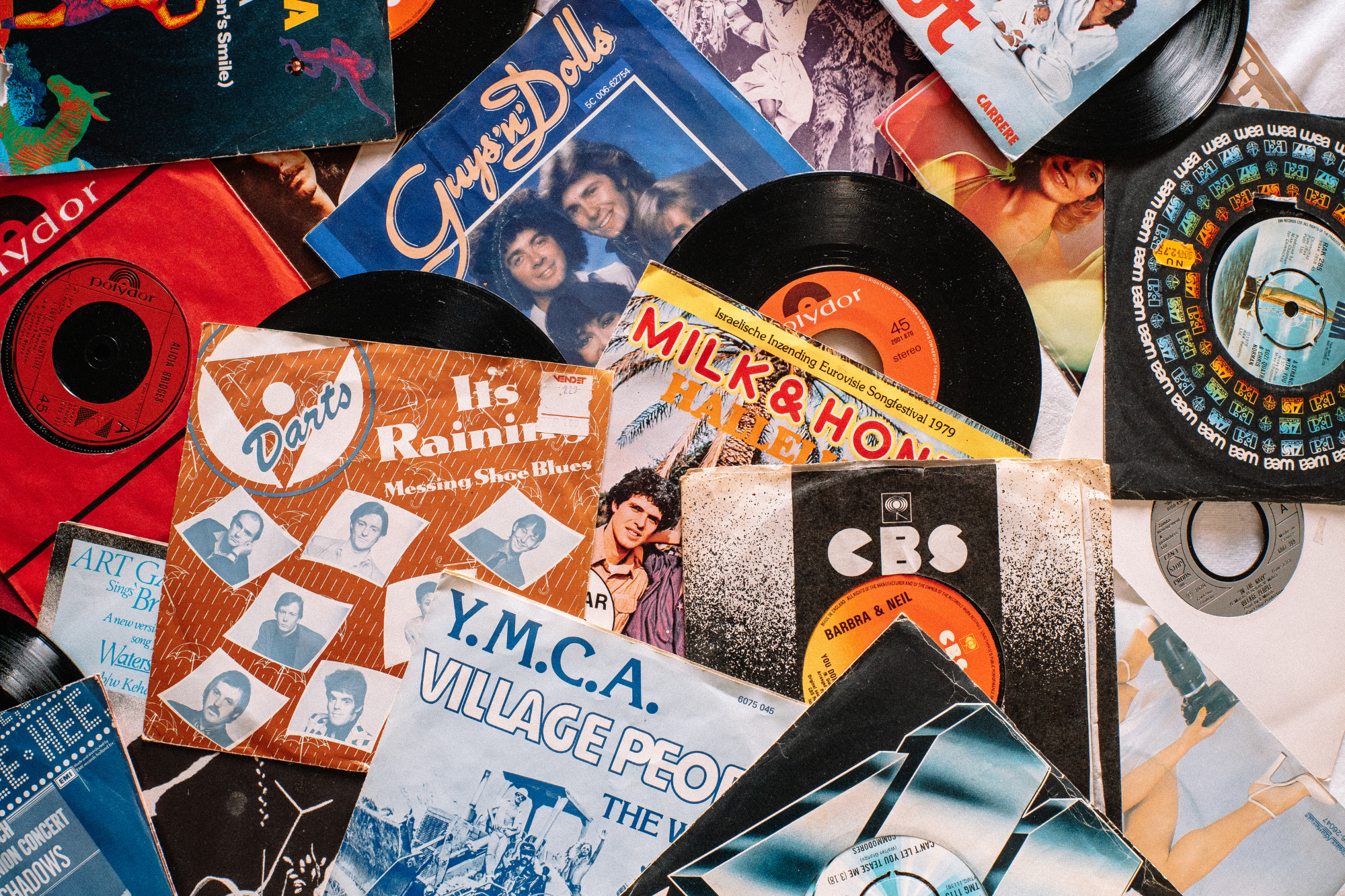
Music collection once relied heavily on purchasing physical formats, with each CD or record representing a tangible investment in personal taste. Building a varied library required navigating cost constraints, with each new addition weighing on household budgets.
Digital music platforms and streaming services revolutionize this experience, offering vast catalogs at minimal cost, reflecting shifts in accessibility. For Gen Z, the richness of musical exploration is boundless, exemplifying how evolving technology reshapes cultural engagement and consumption, unmoored from the financial limitations experienced by Boomers.
